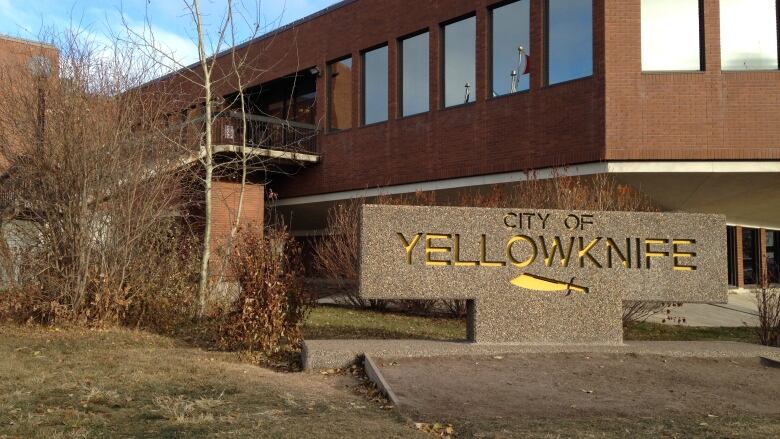Proposed aquatic centre at forefront of Yellowknife draft budget
Yellowknife residents will vote on the proposed aquatic centre at a Nov. 23 referendum

The 2022 draft budget, council's biggest annual policy document, was brought forward Monday at council's governance and priorities meeting and the proposed aquatic centre is at the forefront.
The budget allocates $67 million over three years and almost $21 million in 2022 for the new facility, though it has yet to be voted in by residents.
On Nov. 23, Yellowknifers will vote by mail-in ballot on whether the City should borrowthe remaining $10 million required to build the aquatic centre.
If the proposed facility is voted down, the City's director of corporate services, Sharolynn Woodward, said "there would be a great deal of assessment," to establish how best to use the funds already secured.
"Do we take this money and refurbish the old or existing Ruth Inch Memorial Pool? Do we look at building a smaller aquatic centre?" Woodward said, listing possible contingency plans. "There are all kinds of things that we would be looking to council to provide direction."
City manager Sheila Bassi-Kellett said that regardless of the referendum's outcome "the City faces increased costs for swimming in Yellowknife."
In a press release Tuesday, she said that "the City has two options: to build a new Aquatic centre, or to renovate the [Ruth Inch Memorial Pool]."

Building the proposed Aquatic Centre will cost almost $68 million.
Renovating the pool is expected to cost $41 million, however the City has secured $12.9 million in federal funding that can only be invested in building a new facility and cannot be spent on renovations.
The City further notes in the press release that a renovation would modernize the current pool, but not increase the facility's capacity.
If Yellowknifers support the City borrowing money to build the aquatic centre, construction is scheduled to begin in 2022 and finish in 2024. Annual municipal taxes are expected to increase by an estimated 1.27 per cent to cover the annual costs of the facility, once the new aquatic centre opens.
If the proposed aquatic centre is voted down, costs to run the pool will also increase and annual maintenance closures are likely.
Budget presentations from the public will be heard later this month, and councillors will deliberate in the first week of December.
The city's budget is set to be approved by Dec. 13.
Pandemic losses accounted for
Council voted Monday evening to implement a proof of vaccination policy at municipal facilities.
Had the mandate been voted down, Bassi-Kellett said the city would have lost $213,000 in user fees to be made up for in service reduction or tax increases.
With the City's proof of vaccination requirements, there will still be lost revenue from unvaccinated or partially vaccinated residents not able to access the facilities.
"Until we are back to pre-COVID normal, we anticipate that we could have some lost revenue," Bassi-Kellet said, noting that staff's estimates of revenues were conservative in preparing the budget document.
"Many of the facilities were budgeted to be about 75 per cent of what a pre-COVID normal revenue stream would have been," Woodward added.
Bassi-Kellet said adjusting is part of the annual budget process.
"We project what our expenditures are, we project what our revenues are and we work throughout the year to ensure that those two are aligned and there are changes that happen over the year, and that's what our budget variance process is intended to ensure that we track."












_(720p).jpg)


 OFFICIAL HD MUSIC VIDEO.jpg)
.jpg)



























































































